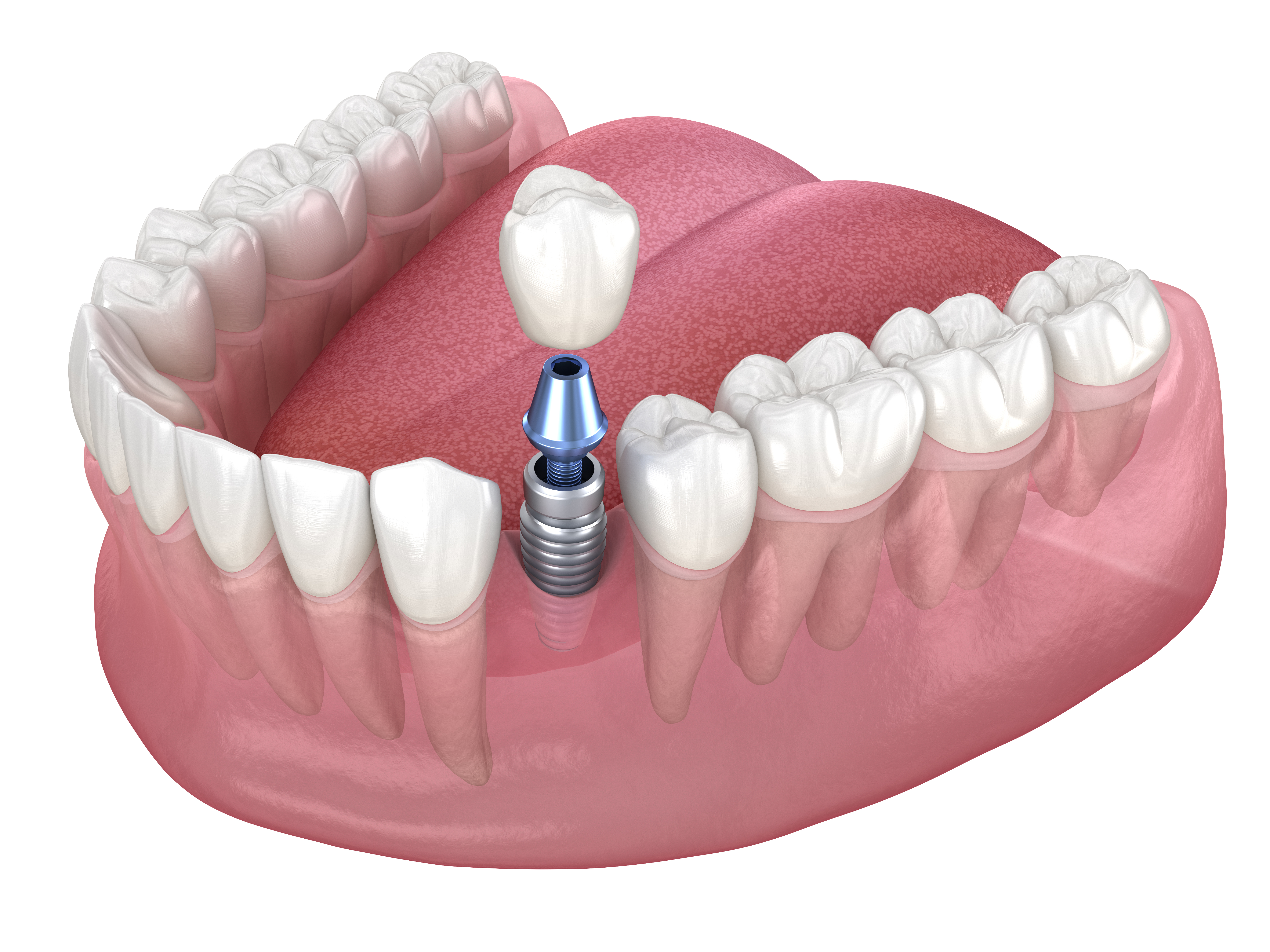Demystifying Botox: A Comprehensive Look at The World's Most Popular Cosmetic Procedure
Botox, a name synonymous with the quest for eternal youth, has been widely recognized as the go-to non-surgical cosmetic procedure for individuals seeking to reduce fine lines and wrinkles. Despite the ongoing debate about its safety and ethical implications, the popularity of Botox remains undeterred. In order to understand this phenomenon, it's crucial to delve into the history of this neurotoxin, its current relevance in the beauty industry, the trends surrounding its use, and the unique insights that are often overlooked.

From Deadly Toxin to Beauty Enhancer: The Journey of Botox
Botox, or Botulinum toxin, was initially recognized as a deadly substance produced by bacteria causing food poisoning. It wasn’t until the mid-20th century when scientists discovered that when used in small doses, this potent neurotoxin could have therapeutic applications. It was first used medically to treat strabismus (crossed eyes) and blepharospasm (uncontrolled blinking). However, during the treatment of blepharospasm, doctors noticed an intriguing side effect – the wrinkles around the eyes of the patients were noticeably reduced. This observation sparked the idea of using Botox for cosmetic purposes, and in 2002, the FDA approved its use for the temporary improvement of moderate to severe frown lines.
Botox in the Contemporary Beauty Industry
Today, Botox is a household name. Cosmetic use of Botox has skyrocketed over the past two decades, turning it into a billion-dollar industry. According to the American Society of Plastic Surgeons, Botox is the most popular minimally invasive cosmetic procedure, with over 7.4 million procedures performed in 2019 alone in the United States.
Botox’s popularity is due to its ability to provide noticeable results without the need for invasive surgery or prolonged recovery time. It is used to treat a wide range of aesthetic concerns, from forehead lines and crow’s feet to laugh lines and neck bands. Moreover, its use has expanded beyond just aesthetic applications, with studies showing its effectiveness in treating migraines, excessive sweating, and even depression.
Trends and Impact: The Botox Boom
One of the key trends driving the Botox boom is the growing acceptance and normalization of cosmetic procedures in society. Social media, influencers, and the desire for ‘selfie-ready’ skin have played a significant role in this shift. The demographic for Botox has also broadened, with a growing number of men and younger individuals opting for the treatment.
However, the rise of Botox has also raised concerns about unrealistic beauty standards and the pressure to look perfect at all times. Mental health experts are particularly concerned about the impact of these pressures on younger individuals.
Unseen Aspects of Botox: Looking Beyond the Surface
While much of the conversation around Botox focuses on its aesthetic benefits, there are several aspects that are often overlooked. For instance, Botox treatments require a significant level of skill and understanding of facial anatomy to achieve optimal results and avoid complications. Therefore, the role of the practitioner is crucial.
Moreover, Botox is not a permanent solution. The effects typically last for 3 to 6 months, after which the treatment needs to be repeated. This can lead to significant long-term costs, which is a factor often downplayed in the promotion of the treatment.
A Balanced Perspective on Botox
Botox is undeniably a game-changer in the beauty industry, offering a quick and relatively non-invasive solution to common aesthetic concerns. However, it’s important to approach it with a balanced perspective. While it can enhance appearance and boost self-confidence, it’s not without its risks and limitations. As with any beauty decision, it’s crucial to be well-informed, realistic about expectations, and to choose a qualified practitioner. As the conversation around beauty evolves, so too should our understanding of procedures like Botox, moving beyond the surface to a more nuanced and informed perspective.




